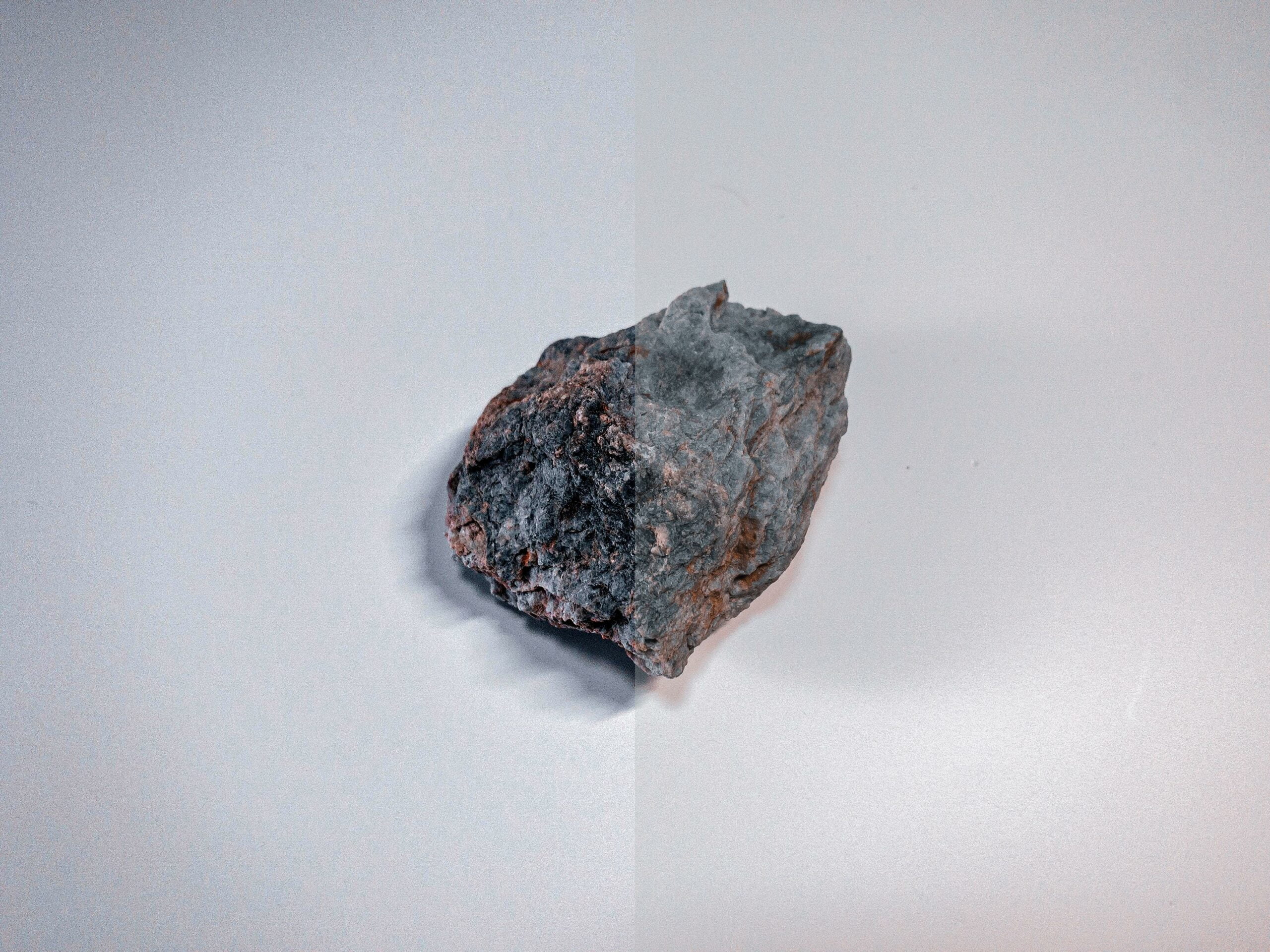Welcome to an enthralling journey through the realms of ancient life! In this captivating article, we will unravel the fascinating world of fossils and their invaluable contribution to our understanding of Earth’s history. Prepare to be amazed as we explore a treasure trove of knowledge, delving into intriguing facts about fossils that grace the pages of Wikipedia. From the enigmatic remains of long-extinct creatures to the clues they provide about our planet’s past, get ready to embark on a captivating adventure into the wonders of fossil exploration. So, fasten your seatbelts and let’s embark on an awe-inspiring voyage of discovery!
Facts about Fossils Wikipedia
Fossils have fascinated humans for centuries, offering a glimpse into the ancient world and allowing us to piece together the puzzle of life’s evolution. From the preserved remains of long-extinct creatures to imprints and traces left behind, fossils provide valuable insights into our planet’s history. In this article, we will explore some intriguing facts about fossils, uncovering the wonders of ancient life documented in the pages of Wikipedia.
1. Fossils: Preserved Traces of Ancient Life
A fossil is any trace of a once-living thing from a past geological age. These traces can take many forms, including bones, shells, exoskeletons, imprints in stone, and even preserved soft tissues. Fossils are like hidden time capsules, preserving the remnants of creatures that roamed the Earth long ago. They hold within them valuable information about the diversity of life, the environments in which these organisms lived, and the processes that shaped our planet.
“Fossils are nature’s museums, offering us a window into the past.”
2. The Incomplete but Revealing Fossil Record
While the fossil record is far from complete, it still provides us with enough evidence to understand the pattern of life’s evolution. The fossil record spans billions of years and showcases the changing forms of life through different ages. It allows us to witness the emergence of complex organisms, the rise and fall of ancient ecosystems, and the eventual dominance of certain groups of organisms. Through careful study and interpretation, paleontologists have been able to reconstruct the history of life on Earth, showcasing the incredible diversity that once thrived on our planet.
“The fossil record, though incomplete, is a remarkable library of life’s story.”
3. Index Fossils: Timekeepers of the Past
One fascinating application of fossils is their use as “index fossils” to determine the age of rock layers. Certain fossils are specific to particular time periods, and their presence in a rock layer can help geologists establish its relative age. This technique, known as biostratigraphy, relies on the principle that certain organisms lived only during specific time intervals. By identifying these index fossils and their associated rock layers, scientists can create timelines and unravel the sequence of events that shaped our planet’s geological history.
“Index fossils act as nature’s timekeepers, helping us determine the age of Earth’s ancient layers.”
4. Lagerstätten: Snapshots of Ancient Ecosystems
Not all fossil sites are created equal. Some locations provide exceptional preservation and offer us glimpses of ancient ecosystems in astonishing detail. These sites, known as Lagerstätten, are like time capsules that capture entire communities of organisms from a specific time period. They have yielded remarkable finds, including exquisitely preserved soft tissues, delicate structures, and rare glimpses into the behavior of long-extinct creatures. Lagerstätten allow us to experience the full richness and complexity of ancient life, filling in the gaps in our understanding of the past.
“Lagerstätten are nature’s treasure troves, offering rare glimpses into the majesty of ancient ecosystems.”
5. Stromatolites: Ancient Structures Built by Microorganisms
In the shallow waters of ancient seas, microorganisms left behind remarkable structures called stromatolites. These layered formations are the result of the trapping and cementation of microorganisms’ remains over thousands of years. Stromatolites can be thought of as nature’s architects, constructing intricate structures that document the existence of early life on Earth. They provide valuable insights into the evolution of microbial communities and the processes that shaped our planet’s early environments.
“Stromatolites are the architectural masterpieces of our planet’s first inhabitants.”
6. Fossilization: The Journey from the Past to the Present
The process of fossilization is a rare and complex journey that transforms once-living organisms into enduring relics. It involves the replacement of organic material by minerals, preserving the original structures and sometimes even the soft tissues. Fossilization can occur under different conditions, such as burial in sediment, entrapment in amber, or immersion in tar pits. The type of fossilization process and the environmental conditions at play dictate the quality and extent of preservation. From the time of an organism’s death to the moment it is discovered by paleontologists, fossils endure a remarkable journey through time.
“Fossilization is nature’s alchemy, turning fleeting life into everlasting remnants.”
7. Unlocking the Secrets of Time: Dating Fossils
Determining the age of fossils is a crucial aspect of paleontological research. Paleontologists use various dating techniques to estimate the age of fossils, employing methods such as radiometric dating, biostratigraphy, and paleomagnetism. These techniques provide valuable insights into the timing of evolutionary events, the emergence of new species, and the duration of different geological periods. By piecing together the puzzle of time, scientists can create a timeline of life’s evolution, unraveling the mysteries of the past.
“Dating fossils is like peering into the hourglass of time, one grain at a time.”
8. Fossils as Clues to Extraterrestrial Life
The study of biominerals found in fossils has opened up intriguing possibilities in the search for extraterrestrial life. Certain minerals found in fossils could serve as indicators of past life on other planets or moons within our solar system. By studying the chemical composition and structures of these minerals, scientists hope to uncover evidence of life beyond Earth. Fossils not only reveal the wonders of our own planet’s history but also hold the potential to shed light on the existence of life elsewhere in the universe.
“Fossils bridge the gap between Earth and the cosmos, offering hints of life beyond our blue planet.”
9. Fossils: Unveiling Ancient Life and Shaping our Present
Beyond their scientific importance, fossils have various practical uses in our modern world. Fossil fuels, such as coal, oil, and natural gas, play a vital role in powering our society. Fossil-rich rocks also serve as construction materials, while fossilized plants can be used as mulch in gardening. Additionally, fossils aid in determining the geological formations and history of different regions. Their presence within the layers of the Earth can help researchers understand the past and guide future endeavors.
“Fossils are not just relics of the past; they shape our present and guide our future.”
In conclusion, delving into the fascinating world of fossils on Wikipedia uncovers a wealth of knowledge about ancient life. From the preserved remains of long-extinct creatures to the clues hidden within rock layers, fossils provide windows into our planet’s natural history. We discover the intricate relationships between organisms, the marvels of ancient ecosystems, and the forces that have shaped life’s evolution. By exploring the pages of [Fascinating Fossil Facts: Unveiling Ancient Life on Wikipedia], we embark on a journey of discovery, connecting with the wonders of the past while gaining a deeper appreciation for the world around us.
Fossils offer fascinating insights into the ancient world and the creatures that once roamed our planet. If you’re looking to unearth intriguing facts about fossils, look no further. Our website provides a treasure trove of information, covering a wide range of topics related to fossils. From the discovery process to the scientific significance, you’ll discover a wealth of knowledge at your fingertips. So, come and dive into the mesmerizing world of fossils by clicking here: facts about fossils. Get ready to be captivated by the wonders of our prehistoric past!
Did you know that paleontologists are constantly discovering fascinating facts about fossils? From uncovering ancient creatures to unraveling mysteries of the past, these scientists have dedicated their lives to understanding Earth’s history through the study of preserved remains. If you’re curious about the incredible world of fossils, you’ll definitely want to check out our article on paleontologist facts about fossils. You’ll be amazed by the incredible discoveries that have been made and gain a deeper appreciation for the work that paleontologists do. So go ahead and click here to dive into the captivating world of fossil research and analysis. Prepare to be awestruck!
The Fascinating History of Orthoceras Fossils
[youtube v=”a7fymvFQ0CQ”]
Introduction
Fossils provide a glimpse into the ancient world, telling the story of life’s evolution over billions of years. One such fossil that has captivated enthusiasts worldwide is the Orthoceras, a long-extinct cephalopod that lived nearly half a billion years ago. In this article, we will explore the intriguing history of the Orthoceras and how you can own a unique piece of this ancient creature’s legacy.
Orthoceras: Ancient Inhabitants of Primordial Seas
During the Ordovician era, over 450 million years ago, massive primordial seas covered a significant portion of the Earth. It was in this time that the Orthoceras, a type of cephalopod, thrived. This group of organisms, known as nautiloids, included the ancestors of the modern-day Nautilus. With their long, narrow shell, resembling floating squid ice cream cones, Orthoceras ruled the seas of the Ordovician era.
A Predator of the Ancient Seas
Orthoceras was relatively small, typically not exceeding 15 centimeters in length. However, their mobility and speed made them formidable predators in their aquatic environment. These creatures fed on plankton and larger bottom-feeding animals, such as trilobites. Contrary to outdated museum dioramas, Orthoceras did not crawl on the sea floor; they swam like modern-day Nautili, using water jets propelled from a structure called the siphuncle.
“Orthoceras were fast and capable predators, feeding on plankton and larger bottom-feeding animals. Contrary to popular belief, they swam rather than crawled on the sea floor.”
Abundant Fossils and the Curious Origins of Orthoceras’ Fame
Orthoceras fossils are abundant in certain parts of the world, particularly in Sweden and Morocco. In these regions, paleontologists have discovered hundreds, if not thousands, of Orthoceras fossils in concentrated areas. Initially, this led to the misconception that Orthoceras experienced mass die-offs after mating, similar to some modern-day octopuses and squids. However, further research suggests that these fossil beds are more likely the result of the animals’ remains settling over extended periods, with minimal sediment accumulation.
“Orthoceras fossils have been found in such large quantities that they were once believed to have died in mass quantities after mating. However, recent studies propose that these fossils accumulated over time, resulting in the concentration seen today.”
Fossilization and the Legacy of Orthoceras
Like other ancient creatures such as trilobites and ammonites, Orthoceras possessed shells made of a type of carbonate known as aragonite. Some of these shells fossilized into enduring relics, while others captured sediments that fossilized, forming molds of the animals’ insides. Therefore, when examining an Orthoceras fossil, one is essentially looking at a stone representation of the animal’s intricate chambers.
Own a Piece of Orthoceras History
Orthoceras fossils offer a unique opportunity to own a tangible piece of ancient history. They continue to fascinate enthusiasts worldwide, thanks to their widespread availability and aesthetically pleasing appearance. Whether you are a fan of fossils, a collector, or someone seeking a connection to the past, an Orthoceras fossil can provide a piece of the ancient world to call your own.
“Owning an Orthoceras fossil allows you to possess a tangible connection to the ancient world, whether you’re a seasoned collector or simply fascinated by the past.”
In conclusion, the story of the Orthoceras is a captivating tale of an ancient cephalopod that ruled the seas during the Ordovician era. These fossils, with their delicate and intricate structures, continue to mesmerize enthusiasts today. By owning an Orthoceras fossil, you not only gain a stunning piece of natural history but also become part of an ever-growing community fascinated by the wonders of the past.
FAQ
Q: What is a fossil?
A: A fossil is any preserved remains, impression, or trace of any once-living thing from a past geological age. Examples of fossils include bones, shells, exoskeletons, stone imprints, and preserved soft tissues.
Q: How does the fossil record help us understand the Earth’s history?
A: The fossil record, although incomplete, provides enough information to understand the pattern of life’s evolution. By studying fossils, scientists can reconstruct ancient ecosystems, track the development of different species, and uncover the history of our planet.
Q: What are index fossils?
A: Index fossils are fossils that are used to define and determine the age of rock layers. These fossils are typically widely distributed and easily identifiable. Their presence in a particular layer helps geologists date other fossils and rocks within that layer.
Q: What are Lagerstätten?
A: Lagerstätten are fossil sites with exceptional preservation. These sites often provide valuable insights into ancient ecosystems because the fossils found there are exceptionally well-preserved. They can contain not only the hard parts of organisms but also soft tissues and delicate details.
Q: What are stromatolites?
A: Stromatolites are layered structures formed by the trapping and cementation of microorganisms in shallow water. These structures are some of the oldest signs of life on Earth and offer important clues about early forms of life and the ancient environments they inhabited.
- China II Review: Delicious Food & Speedy Service - April 17, 2025
- Understand Virginia’s Flag: History & Debate - April 17, 2025
- Explore Long Island’s Map: Unique Regions & Insights - April 17, 2025
















